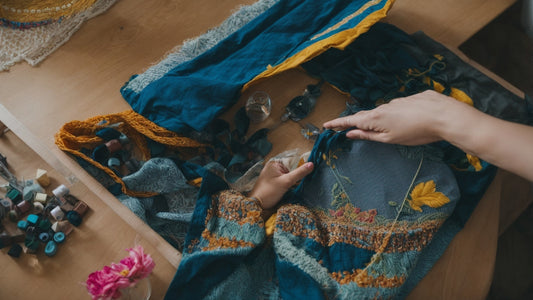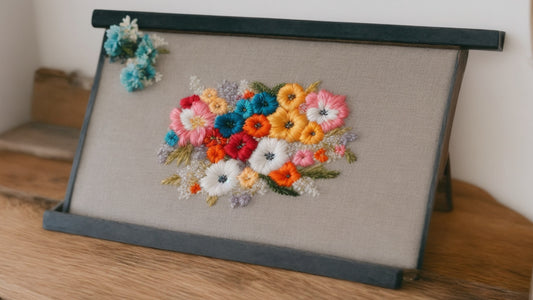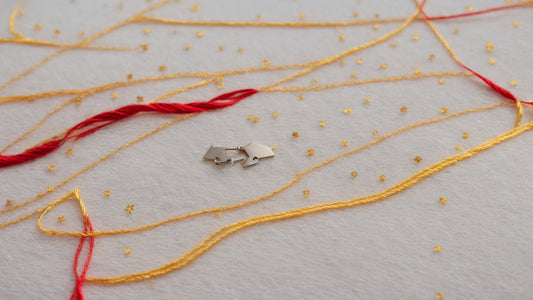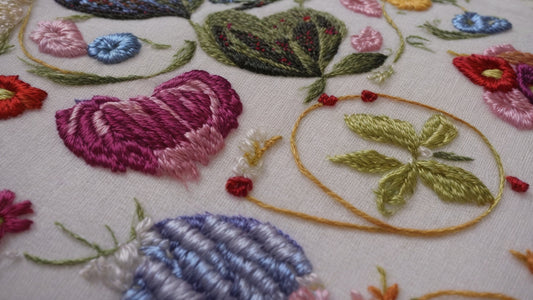
Day 5: Troubleshooting Common Embroidery Challenges
Troubleshooting Common Embroidery Challenges
Embroidery is a beautiful and intricate craft that allows you to create stunning designs on fabric. However, like any other craft, embroidery comes with its fair share of challenges. In this article, we will explore some common embroidery challenges and provide troubleshooting tips to help you overcome them.
1. Thread Breakage
One of the most common challenges faced by embroiderers is thread breakage. This can happen due to various reasons such as using the wrong type of thread, using a dull needle, or improper tension settings. To troubleshoot thread breakage, make sure you are using the correct thread for your project, change to a new needle, and adjust the tension settings on your embroidery machine.
2. Puckering Fabric
Puckering fabric is another common issue in embroidery. This occurs when the fabric becomes wrinkled or gathered around the embroidered design. To prevent puckering, use a stabilizer and hoop the fabric tightly. Additionally, make sure you are using the appropriate stitch density for your design.
3. Misalignment
Misalignment can happen when the design shifts or doesn't line up correctly. This can be caused by incorrect hooping or improper design placement. To avoid misalignment, double-check your hooping technique and ensure that the design is centered and aligned properly before starting the embroidery process.
4. Skipped Stitches
Skipped stitches can be frustrating, as they result in incomplete or uneven designs. This can be caused by a variety of factors, including a blunt needle, incorrect tension, or a damaged bobbin case. To fix skipped stitches, replace the needle, adjust the tension, and inspect the bobbin case for any damage.
5. Thread Tension Issues
Thread tension problems can lead to uneven stitches or loops on the fabric. This can occur due to incorrect tension settings, using the wrong thread weight, or a malfunctioning tension mechanism. To correct thread tension issues, adjust the tension settings according to the thread weight and test on a scrap fabric before starting your project.
Conclusion
Embroidery challenges are a part of the learning process, and with the right troubleshooting techniques, you can overcome them. Remember to use the correct materials, adjust tension settings, and practice proper hooping techniques. By addressing these common challenges, you'll be able to create beautiful and flawless embroidery designs.





